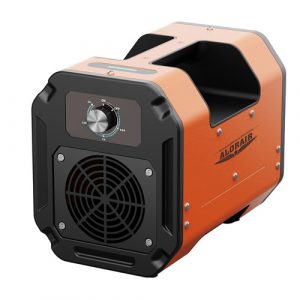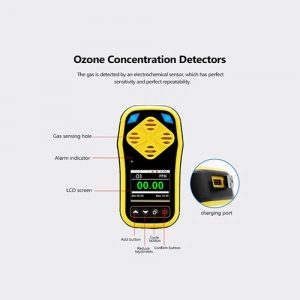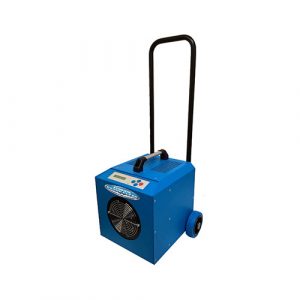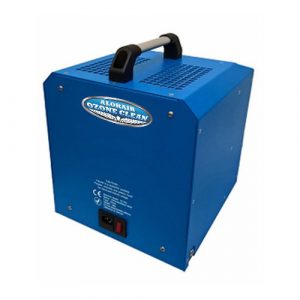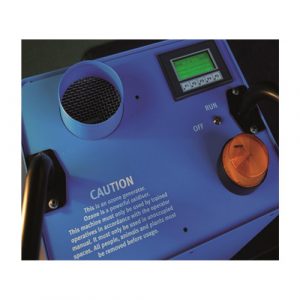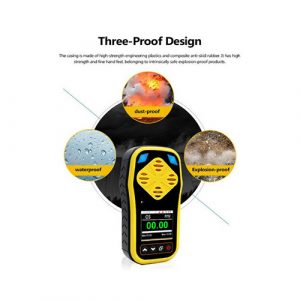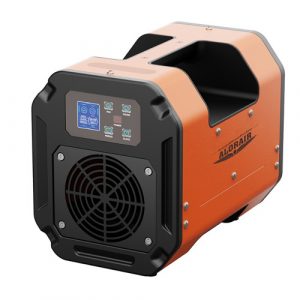AlorAir Solutions can help control odours by 2 main methods, firstly via our air scrubbers and secondly via our Ozone machines.
There are hundreds of different types of smells which can be neutralised by one method or the other, often the smell is a lingering one rather than a permanent one.
If it is a lingering smell then an air scrubber will work – this will capture the odour by drawing it through a 3 stage filtration process the final 2 being a fine HEPA filter and an Activated Carbon Filter.
If it is a persisting odour problem it is essential to remove any large particles which may be causing odours, this is stage one of sorting it. Stage 2 is to use the ozone machine, Ozone is a fantastic gas which reacts very well with numerous compounds oxidising them and making them inert (odourless). A number of treatments may be required but often it would only require one treatment for the removal of the odour.
Depending on the severity and type of the odour, this will alter the quantity and time required from the ozone machine to neutralise it. We can smell ozone, often found naturally after a lightning storm, it has a clean chlorine type of smell. Ozone, once it has been formed, will naturally breakdown from an O3 molecule to an O2 molecule (Oxygen) between 30 and 60 mins. Although it is harmful to humans at higher dosages or over long periods of time we are able to smell it easily and can react accordingly to minimise any or prolonged contact. We would always recommend an ozone meter and data logger be used alongside any ozone application, this will show the duration and counts in parts per million of the ozone.
Once treatment has been completed the machines will either actively go into an “ozone destruction cycle” or the room can be left for the ozone to naturally break down. The room will be left with a fresh clean smell. In some extreme circumstances an extra treatment may be required for odour control.
Ozone Generator changes O2 to O3 (Oxygen to Ozone) which then attacks and destroys viruses, smells, bacteria and fungus etc. In doing so it looses 1 oxygen atom, leaving only Oxygen (O2) as the end product. Sanitising areas and creating a fresher smell.
At the bottom of the page is a comprehensive list of organic odours and pollutants controlled by ozone and chemical reactions.
